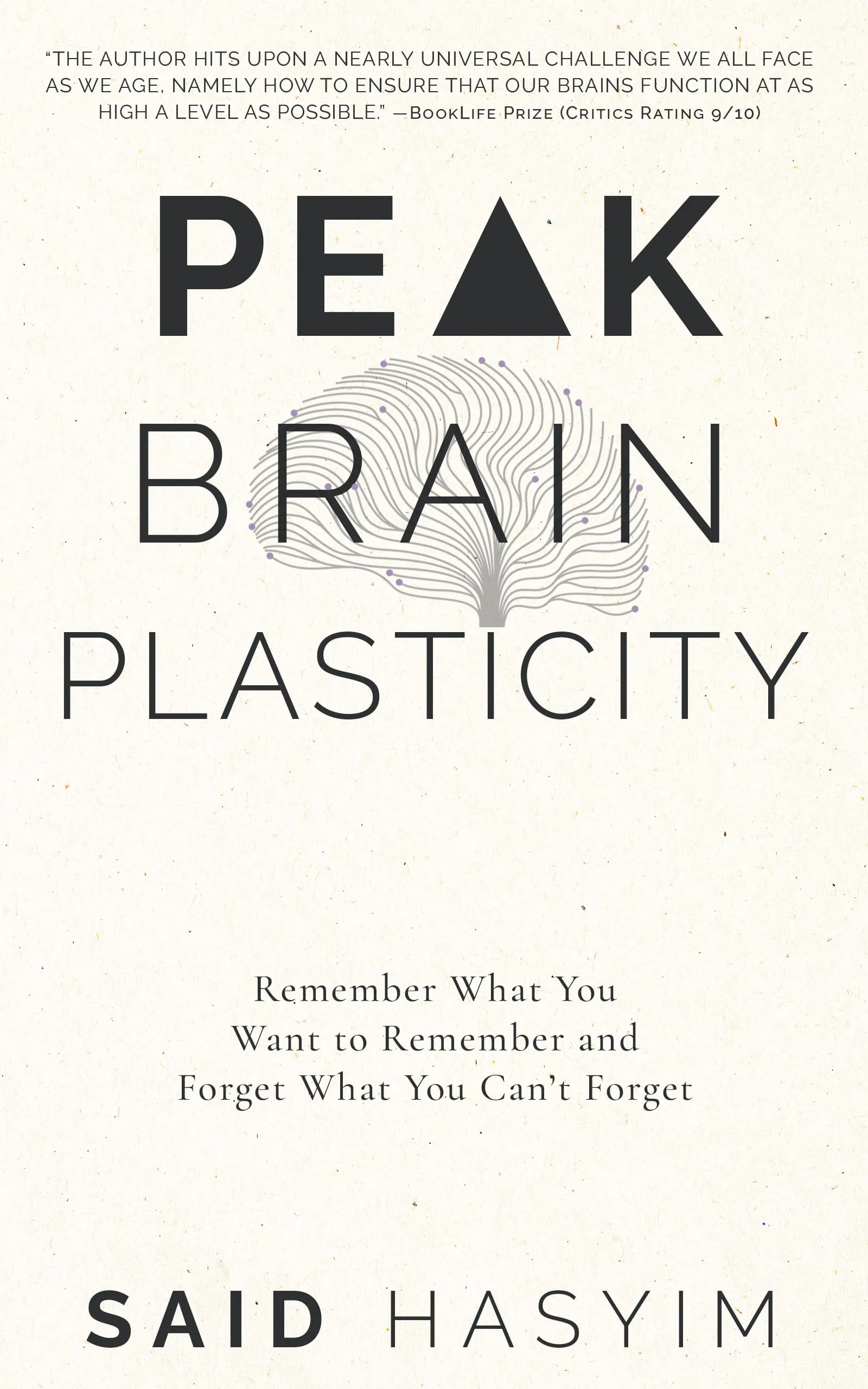Insights into Memory: The Role of Neuroplasticity
Memory, a fundamental human experience, plays a vital role in how we understand and navigate the world. It is not merely a static repository of facts and experiences; rather, it is a dynamic process influenced by various factors, including neuroplasticity. In this post, we will explore the intricate relationship between memory and neuroplasticity, shedding light on how the brain's remarkable ability to change and adapt impacts our capacity to learn and remember.
What is Neuroplasticity?
Neuroplasticity, often referred to as brain plasticity, is the brain's ability to reorganize itself by forming new neural connections throughout life. This was once thought to be confined to childhood, a time when the brain is highly malleable, but research has shown that neuroplasticity continues into adulthood and beyond. Neuroplasticity enables us to recover from brain injuries, learn new skills, and adapt to new environments.
Types of Neuroplasticity
Functional Plasticity: This type refers to the brain's ability to move functions from damaged areas to undamaged areas. For instance, if a certain part of the brain responsible for a specific function is injured, other parts of the brain can sometimes take over that function.
Structural Plasticity: This involves the brain's physical changes, going beyond mere connections to include the actual alteration of brain structure. This can be seen in increased synaptic connections as we learn new information or when certain environmental factors stimulate new growth in brain regions.
Memory Formation: The Process
Memory formation is a complex, multifaceted process that involves several stages: encoding, storage, and retrieval.
Encoding: During this stage, information is transformed into a format that can be stored in the brain. This involves perception, attention, and various cognitive processes that help us understand and process the information.
Storage: Once encoded, information is stored in different parts of the brain. Short-term memory holds information temporarily, while long-term memory allows for storage over extended periods.
Retrieval: This is the process of recalling stored information. Effective retrieval relies heavily on the brain's neural pathways, which can be strengthened or weakened through neuroplasticity.
The Connection Between Neuroplasticity and Memory
Neuroplasticity and memory are interconnected in several ways:
1. Learning and Memory:
Learning new information stimulates neuroplasticity. As we encounter new experiences, our brains form new synaptic connections and strengthen existing ones, resulting in improved memory retention. Studies have shown that activities such as learning a new language, playing a musical instrument, or engaging in complex problem-solving can enhance the brain's plasticity.
2. Habit Formation:
The brain's ability to form habits is intricately linked to neuroplasticity. As certain behaviors are repeated, neural pathways associated with those behaviors become stronger. This process is crucial for both positive habits, like regular exercise or studying, and negative habits, such as smoking or procrastination.
3. Memory Recovery:
In cases of brain injury or neurodegenerative diseases, neuroplasticity can support memory recovery. For example, rehabilitation programs often leverage neuroplasticity to help individuals regain lost skills or improve memory function by encouraging the formation of new neural pathways.
4. Age and Neuroplasticity:
While neuroplasticity is more pronounced in younger individuals, older adults also benefit from its effects. Cognitive exercises, physical activity, and engaging social interactions can promote neuroplastic changes, helping to enhance memory and cognitive function in aging populations.
Enhancing Neuroplasticity for Improved Memory
Given the strong link between neuroplasticity and memory, there are various strategies to enhance neuroplasticity and, consequently, memory function:
1. Continuous Learning:
Engaging in lifelong learning stimulates the brain and encourages neuroplastic changes. Try taking up a new hobby, learning a foreign language, or exploring new fields of knowledge.
2. Physical Exercise:
Regular physical activity has been shown to promote neurogenesis (the formation of new neurons) and enhance synaptic plasticity. Aerobic exercises, in particular, have a positive impact on brain health.
3. Mindfulness and Meditation:
Practices like mindfulness and meditation can lead to changes in brain structure and function, enhancing overall cognitive abilities and memory retention.
4. Social Engagement:
Social interactions can promote mental stimulation, fostering neuroplasticity. Engaging in conversations, joining community groups, or participating in team activities can strengthen memory pathways.
5. Healthy Diet:
Nutrition plays a critical role in brain health. Diets rich in antioxidants, healthy fats, and omega-3 fatty acids are beneficial for cognitive function and can support neuroplasticity.
Conclusion
Memory is a complex interplay of processes shaped by our experiences and environments. Neuroplasticity serves as the foundation for understanding how memories are formed, maintained, and sometimes lost. By embracing practices that enhance neuroplasticity, we have the potential to optimize our memory capabilities throughout our lives. Whether through learning, physical activity, or social engagement, it is clear that our brains are not fixed entities; they are constantly evolving, adapting, and rewiring. Embracing this knowledge offers hope and possibility in our quest for better memory and cognitive health.
As research in this field continues to unfold, we are bound to discover even more profound insights into how our malleable minds shape our understanding of life and learning.
Harness the Power of Neuroplasticity
Discover Peak Brain Plasticity, a practical book to harnessing neuroplasticity. Enhance your memory, learn new languages quickly, and alleviate anxiety with effective study methods. Uncover daily habits that impact cognitive health and explore techniques for accelerated learning and memory retention. Unlock your brain's potential for growth and transformation.
